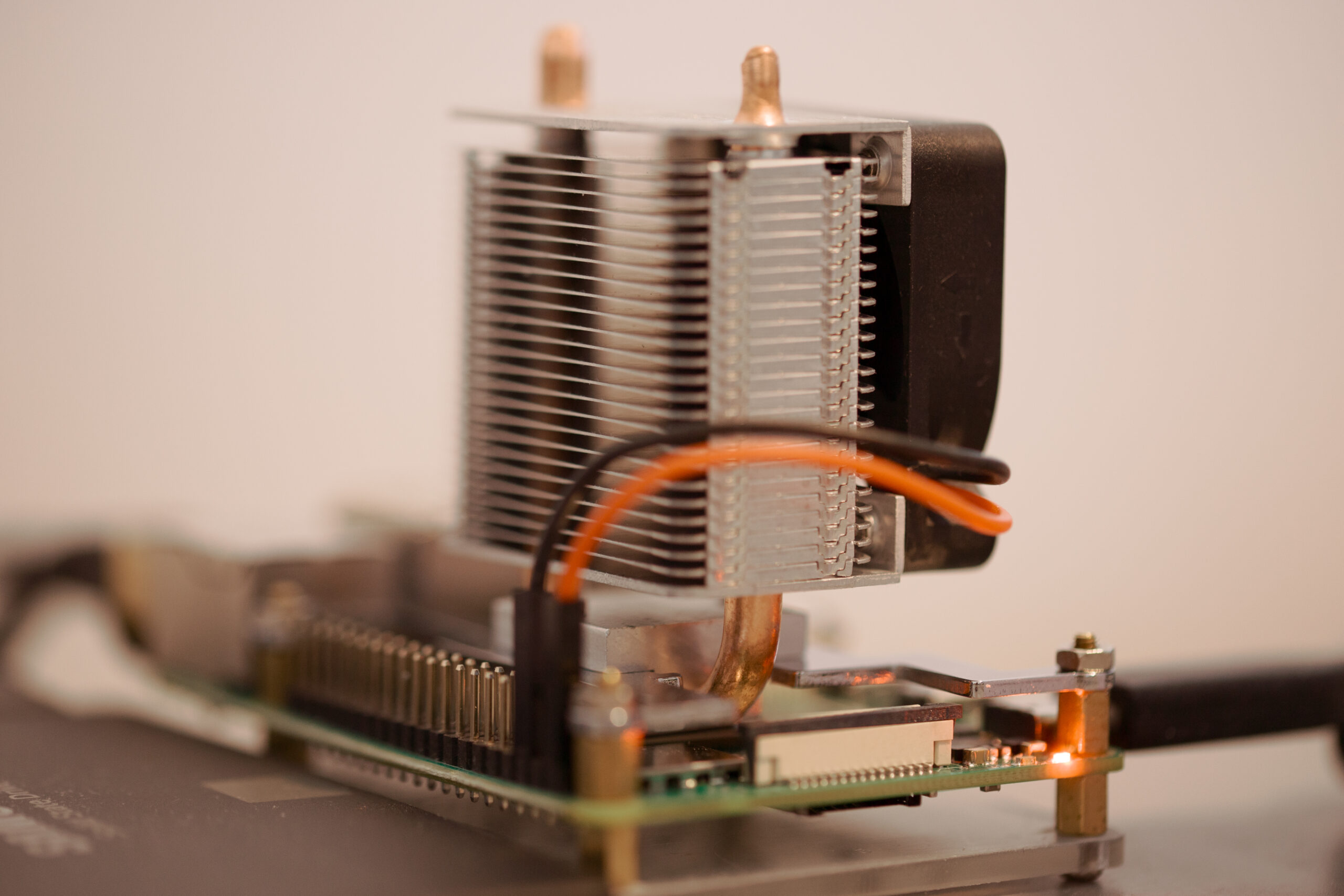HEPiX
This week, the HEPiX forum's Autumn 2023 [1] meeting was held at UVic. About HEPiX, quote from their website:
The HEPiX forum brings together worldwide Information Technology staff, including system administrators, system engineers, and managers from the High Energy Physics and Nuclear Physics laboratories and institutes, to foster a learning and sharing experience between sites facing scientific computing and data challenges. Participating sites include ASGC, BNL, CERN, DESY, FNAL, IHEP, IN2P3, INFN, JLAB, KEK, KIT, Nikhef, PIC, RAL, SLAC, TRIUMF and many others. The HEPiX organization was formed in 1991, and its semi-annual meetings are an excellent source of information and sharing for IT experts in scientific computing.
ref: https://www.hepix.org/
I learned about this event from the conversation with the UVic networking architect mentioned in last week's randombits #41. What surprised me is that this event covers a wide range of topics, from CERN/affiliated site reports, networking & security, storage & filesystems, cloud, virtualization and operating systems, etc. All the slides are available at [2]. It's amazing to see the gargantuan amount of data that CERN and its affiliated institutions have to deal with. For example,
The Worldwide Large Hadron Collider Computing Grid (WLCG) as a specific (and very large) example of HEP research infrastructure supports multiple CERN experiments, with a reported 200PB of data generated annually and distributed to over 170 computing centers in 42 countries. As a massively distributed infrastructure with approximately 1.4 million CPU cores and 1.5 exabytes of storage, WLCG makes use of Research and Education (R&E) networks which have been highly engineered to handle this as well as other data-intensive sciences. Within the connected R&E networks, WLCG further makes use of the Large Hadron Collider Optical Private Network (LHCOPN) consisting of dedicated physical and virtual links, as well as a global-scale L3VPN overlay called the Large Hadron Collider Open Network Environment (LHCONE) which provides additional dedicated resources and segmentation from other R&E traffic.
ref: https://datatracker.ietf.org/doc/draft-cc-v6ops-wlcg-flow-label-marking/
That's why high-energy physics has always been the driving force of the evolution of the Internet and all kinds of other related technologies.
perfSONAR
One of the tools I learned from the slides of HEPiX is perfSONAR [3] and I played with it a bit. If I understand correctly, on one hand, it's just a collection of wrappers of many networking diagnostic and performance evaluation tools, including ping, traceroute, iperf3, owping, etc and you can schedule tasks using `pScheduler` [6]. The test types can be found at [4]. However, what makes it appealing and useful is that end users can submit tasks to different testpoints (or perfSONAR instances) to initiate measurements. There is a Grafana dashboard showing the list of perfSONAR testpoints [5] and you can also install a dashboard for a specific grid/network [7]. To some extent, I think it's similar to RIPE Atlas, but it's more widely deployed in academic institutions. You can get started and install perfSONAR on your own. For example, start a perfSONAR testpoint by running a single Docker container [8].
Framework Laptop 16
The first hands-on video of Framework Laptop 16 is out by Dave2D [9]. As a current user of the 12th Gen Intel Framework Laptop 13 (previously mentioned in 一些2022年的感想), after using it for about a year, I'm very glad to see Framework as a company continues to evolve and grow steadily. I'm not a fan of big laptops, none of my previously used laptops exceeds 14". I do like the form factor of Framework Laptop 16 (now with six expansion slots!), especially the swappable extension bay system. As Dave2D mentioned, building the cooling fans into the rear module expands the possibility of future upgrades when you need more advanced cooling solutions. Though it's pricey, I do hope they can succeed and the 3rd party accessory ecosystem continues to grow further.
Wrinkle the duck
A YouTube channel that can bring inner peace. "Wrinkle The Duck" [10].
I, Voyager
An open-source software planetarium [11] that reminds me of the game Universe Sandbox [12].
Raspberry Pi Thermal Upgrade
I purchased a Raspberry Pi 4 Model B with the official fan case back in July, and have been running several programs (PiHole, Grafana, Cloudflare Tunnel, etc) on it. The official fan case does not help a lot, the temperature barely drops below 60 degrees. Recently, I bought a USB to SATA adapter and replaced the boot drive from microSD to a SATA SSD. Strangely, the thermal situation becomes worse, the fan kicks in a lot more frequently (and it's very loud). So I bought a new cooling fan, with a relatively "huge" radiator, and applied thermal paste. Now the CPU temperature rarely increases above 30 degrees. Huge improvements.
[1]: HEPiX Autumn 2023
https://indico.cern.ch/event/1289243/overview
[2]: HEPiX Autumn 2023 Slides
https://indico.cern.ch/event/1289243/timetable/#20231016.detailed
[3]: perfSONAR
https://www.perfsonar.net/
[4]: perfSONAR Test and Tool Reference
https://docs.perfsonar.net/pscheduler_ref_tests_tools.html
[5]: Current list of global perfSONAR services
https://stats.perfsonar.net/d/spFwAQi4z/perfsonar-public?orgId=2/
[6]: What is pScheduler?
https://docs.perfsonar.net/pscheduler_intro.html
[7]: ESnet perfSONAR Dashboard
http://ps-dashboard.es.net/maddash-webui/
[8]: Using perfSONAR with Docker
https://docs.perfsonar.net/install_docker.html
[9]: This Laptop Can Last FOREVER
[10]: Wrinkle the Duck
https://www.youtube.com/@wrinkletheduck
[11]: I, Voyager
[12]: Universe Sandbox
https://universesandbox.com/
